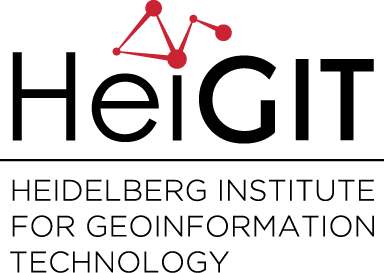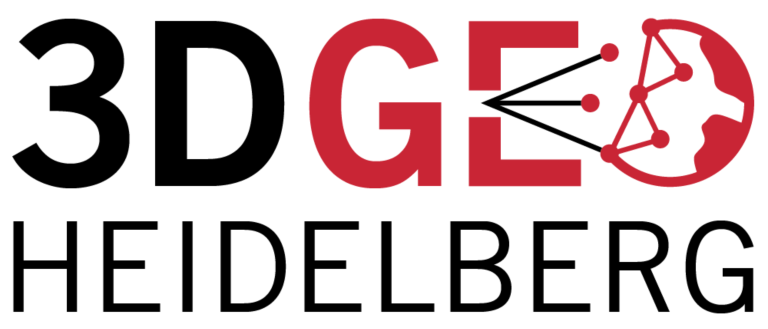Category: Research
-
We wish you an ohsome birthday OpenStreetMap! Our gift: the new ohsome2X time-series tool
#OpenStreetMap is turning 16! Happy Birthday from the HeiGIT team. 16 years of OSM activity has created the most feature rich and global free multi purpose map that the world has ever seen. The ohsome team at HeiGIT has created several tools and technologies to have a closer look into that history of OSM edits…
-
Introducing the humstats.heigit.org dashboard about Humanitarian Mapping in OpenStreetMap
Since 2010 organized humanitarian mapping has evolved as a constant and growing element of the global OpenStreetMap (OSM) community. With more than 7,000 projects in 150 countries humanitarian mapping has become a global community effort. Mappers have added more than 60 Million buildings to OSM through HOT’s Tasking Manager. That’s around 13% of all OSM…
-
How to become ohsome part 7 different ways to access the ohsome API
A new month – a new post of the how to become #ohsome blog series. Welcome to part 7, in which we will show you 7 different ways how you can send a request to the ohsome API using different tools and programming languages. In case this is your first blog of how to become…
-
MAN & MACHINE portrayed in the Forschungsmagazin “Ruperto Carola”
Can the human brain be described as a kind of machine – and, by extension, human memory as a time machine? What do software and the human mind have in common, and what are the ethical dilemmas involved in the use of artificial intelligence (AI)? Neurobiologist Hannah Monyer and geoinformatics expert Bernhard Höfle present talking…
-
Karlsruhe relies on openrouteservice – ESRI client plugin developed
Since some time the City of Karlsruhe uses the API of Openrouteservice (ORS) by HeiGIT for routing of pedestrians, bicycles and cars in the new online city plan and the citizen GIS app for the general public, i.e. the citizens and visitors of Karlsruhe. You can use it here: https://geoportal.karlsruhe.de/stadtplan https://geoportal.karlsruhe.de/buergergis The specific client developed…
-
Relationships between Incidental Physical Activity, Exercise, and Sports with subsequent Mood in Adolescents
Physical activity is beneficial for human physical health and well‐being. Accordingly, the association between physical activity and mood in everyday life has been a subject of several Ambulatory Assessment studies. This mechanism has been studied in children, adults and the elderly, but neglected in adolescents. It is critical to examine this mechanism in adolescents because…
-
GIScience for physical activity research
GIScience methods are becoming more and more widespread in different domains. A current review article under involvement of HeiGIT researchers discusses the potential of ambulatory assessments and GIScience approaches for physical activity research. The article is on of the outcomes of the 2nd International CAPA Workshop 2019 “Physical Activity Assessment – State of the Science,…
-
Introducing ohsome2label tool to generate training samples from OpenStreetMap for geospatial deep learning
After more than a decade of rapid development of volunteered geographic information (VGI), VGI has already become one of the most important research topics in the GIScience community. Almost in the meantime, we have witnessed the ever-fast growth of geospatial deep learning technologies to develop smart GIServices and to address remote sensing tasks, for instance,…
-
Quiet route planning for pedestrians in traffic noise polluted environments
#Noise #pollution is one of the main stressors in urban environments, having negative impacts on people’s quality of life and health. For some groups of citizens, such as school children, patients, and elders, there is a need to support them in finding pedestrian routes in noise polluted areas of cities. In a new paper, we…
-
Disaggregating surface change mechanisms of a rock glacier
How can multiple processes related to the deformation of an active rock glacier operating over different timescales be separated from each other? A preprint on the disaggregation of surface change mechanisms of a rock glacier has recently been published on Earth Surface Dynamics Discussions, an interactive open access journal of the European Geosciences Union. It…
-
Wo mehr Grün wirklich helfen könnte: Interview mit Kathrin Foshag
Welchen Einfluss haben steigende Temperaturen und die zunehmende Zahl heißer Tage auf Städte, insbesondere auf die Hitzebelastung öffentlicher Plätze? Mit dieser Frage beschäftigte sich das Dissertationsprojekt von Dr. Kathrin Foshag an der Heidelberg School of Education. Nachdem die Ergebnisse kürzlich unter dem Titel “Viability of public spaces in cities under increasing heat: A transdisciplinary approach”…


